From Habitat magazine - issue 02
From garage workshop to national institution - Habitat takes a look at the history behind one of New Zealand’s most successful homegrown companies.
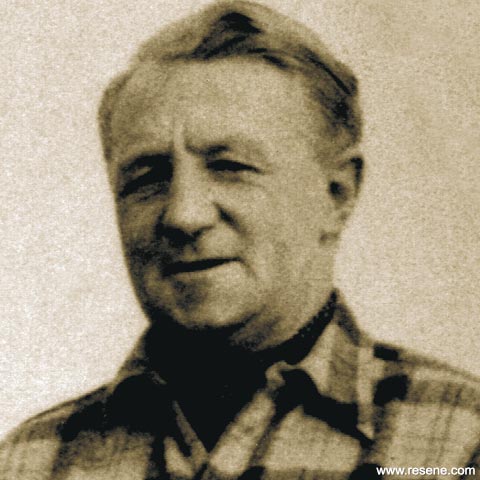
Resene founder Ted Nightingale
As with all great success stories, Resene’s stems from humble beginnings. One day, back in 1946, Eastbourne builder Ted Nightingale faced a dilemma. Needing an alkali-resistant paint to protect his concrete buildings, but with nothing available on the commercial market, he set about developing his own.
Using an old cement mixer - and a lot of initiative and determination – Stipplecote was born in Ted’s garage. It more than served its purpose and, as fellow builders caught on to the concept and requests for the product grew, he began commercial production of his new paint. Later the same year, he had to move to factory space on Wellington’s Tinakori Road to keep up with demand.
“Stipplecote was just one of Ted’s many ventures,” says his grandson, Nick Nightingale. “After the war, the use of concrete as a building product was relatively new, and many designers, engineers and builders were still feeling their way with it.”
Taking advantage of the niche, Ted went on to manufacture other products, such as No Bond and Curecrete, which also remain in use today.
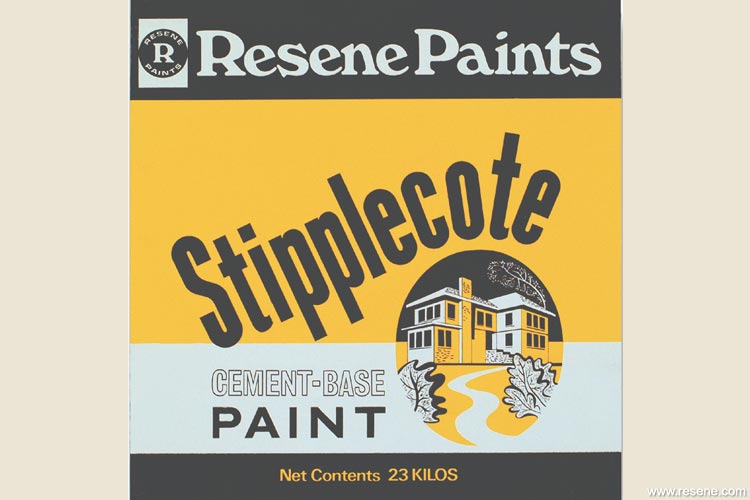
The Resene brand name, derived from the main ingredient of Ted’s paints - resin - came five years later in 1951, coinciding with the launch of New Zealand’s first waterborne paint. Customers were initially wary of the new product, fearful that if it washed easily from brushes, then it might do the same from walls. However, after a massive sales pitch, public perception slowly changed and the company’s perseverance paid off. As a result, Resene expanded rapidly during the late 1950s and early 1960s, and despite developing a line of solventborne products, waterborne paints quickly became the firm’s primary focus.
“Ted was a hands-on man - he would try to play with things, which was ultimately how he came to make what we believe to be Australasia’s first waterborne paint,” explains Nick.
Keeping with family tradition, Ted’s son, Tony, became managing director and took over company operations in 1972. Around this time, several key decisions were made that proved to be fundamental to the successful development of the Resene brand.
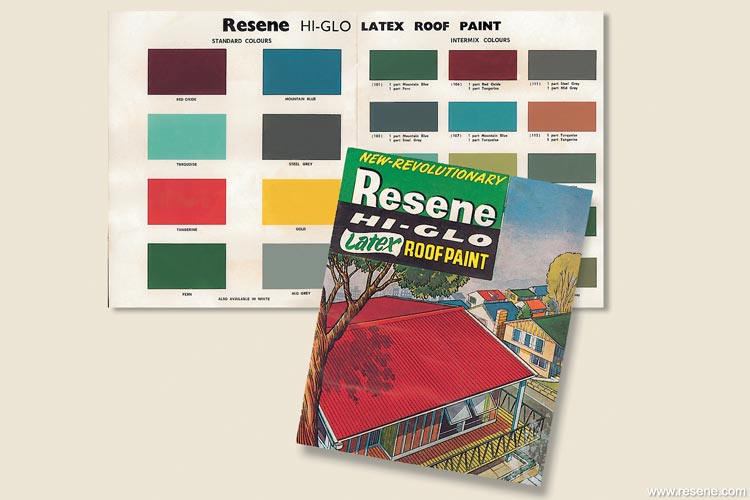
Production was once again moved to larger premises, this time on an industrial estate in Gracefield in Lower Hutt, increasing factory space and allowing greater production volume. The next crucial step was to revamp the marketing strategy.
Turning its back on traditional sales outlets, Resene took a gamble and began using its own staff to sell directly to the trade. This proved a good idea and, in the early ‘70s, the name began to spread throughout New Zealand, initially with a basic stock warehouse and travelling sales representatives in each area. Thanks to the recent introduction of motor vehicle leasing, the company set up a fleet of cars, enabling its employees to make sales calls, without incurring a huge capital outlay.
It wasn’t long before Resene was established in districts often overlooked by larger manufacturers, such as the Hawkes Bay. Then, once the firm had carved a secure foothold in those markets, its attention turned to Auckland. At the same time, links with the architectural profession were formed, and after a number of successful collaborations, many designers began to specify Resene paints on their projects. in Auckland, Hawkes Bay, Dunedin, Hamilton and Christchurch, to a great reception.
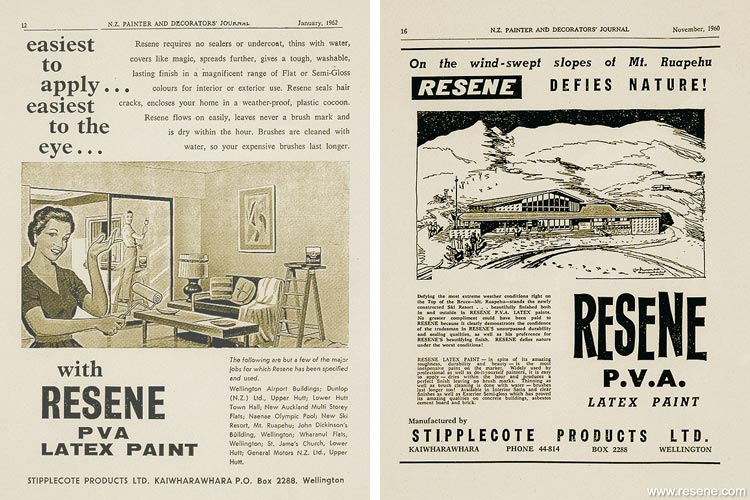
International markets had also been beckoning. Resene had successfully established a presence in the South Pacific in 1965, with an office in Fiji, and added Australia to the portfolio in 1990. Today, the company regularly exports paint and painting technology to many offshore customers.
“Ted was an inventor and entrepreneur, but it was Tony who pushed the business forward,” says Nick. “He had a lot of his father’s inventiveness, and even more of his drive and energy. He was very innovative and bold - classic entrepreneurial traits.”
However, it was always an original and progressive brand. When everyone swore by white in 1969, Resene pioneered the development of coloured paint bases. It introduced a strong range of colour palettes when the market was set on pastel shades, and the launch of the BS5252 colour range in 1975 was a world first. It was the first company in New Zealand to introduce a full range of testpots, also in 1975, and its patented Resene Total Colour System remains unrivalled in its ability to tint both interior and exterior products. One of the first in its industry to remove lead from decorative paints, Resene is also well known for the development of environmentally friendly products, and emphasised this approach by joining the Environmental Choice programme in 1996. The company has consistently focused on offering its customers a wider selection of paints that are kind on the environment, says Nick.
Today, innovative developments such as The Range series of colour fandecks, Resene EzyPaint virtual painting software and collaborations with fashion designer Karen Walker, look set to keep Resene ahead of the field.
“We have always aimed to be the world’s leading provider of paint and colour technologies to the architectural and design professional, the painting and construction professional, and the discerning homeowner,” Nick says.
After more than half a decade in the game, Resene remains a successful family business with Nick currently holding the role of managing director. All products are still developed in New Zealand for New Zealand conditions by the firm’s own technical team. Manufacturing facilities remain at Naenae and Upper Hutt, with paint for the Australian market produced on the Gold Coast.
Yep, it’s a true Kiwi success story!
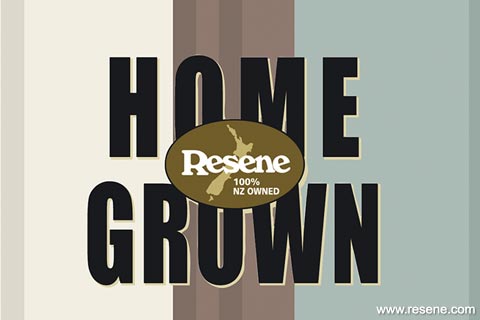
The ancient Chinese are considered to have brought the manufacture and use of paint to a state of perfection tens of thousands of years ago. Paint is made up of a pigment, a binder to hold it together and appropriate thinners to make it easy to apply. Before the 19th century, the word ‘paint’ was only applied to oil-bound types; those bound with glue were called ‘distemper’. The first known paintings are some 15,000 years old and are preserved in the caves of Altamira in Spain and Lascaux in France.
Semi-precious stones like lapis lazuli and malachite helped create one of the first documented paint colours – ‘Egyptian Blue’ – in 500 BC. The Egyptians painted the pharaohs’ tombs around 1500 BC with imported pigments from as far away as India. Commercial paint manufacture commenced in Europe and the United States of America in the 1700s. The classic Pillar Box red was created by heating Chrome Yellow in 1818. By using cast-iron paint mills and zinc-based pigments, industrialists produced the first washable paint in the 1870s.
words: Keri Bridgwater
pictures: courtesy of Resene
Search habitat magazine stories
Printed copies of habitat highlights are available from late March 2024 at Resene ColorShops and resellers, while stocks last. You can view back issues of habitat magazine online.
Specifiers:
If you have an idea, project or story that you think would suit habitat, we’d love to hear from you. Please drop us an email with your details and include photos if submitting a project.
Sign up for a DIY card and Save! Australia | New Zealand